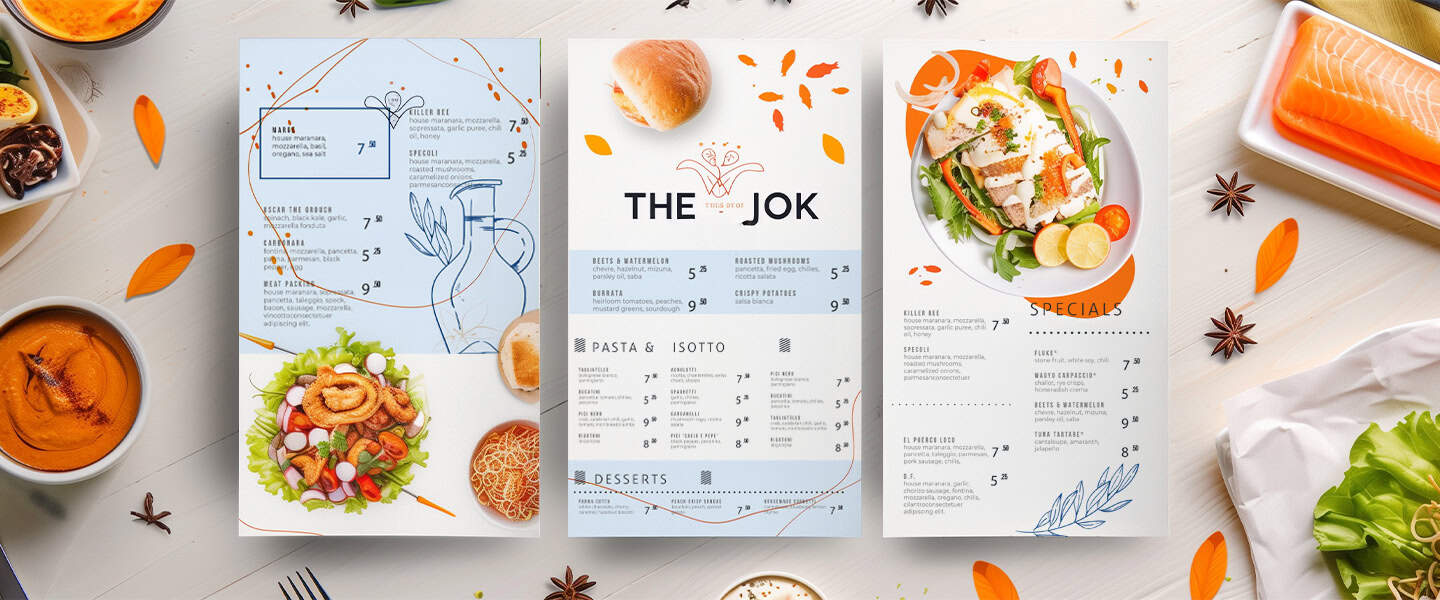Will Fitbit Premium help you exercise more?

— Recommendations are independently chosen by Reviewed’s editors. Purchases you make through our links may earn us a commission.
For most people, purchasing a Fitbit is an investment in improving their health in some way—maybe by walking more, hitting the gym more, sleeping more, or some combination of all of the above. The device is full of fancy sensors that record your activity from your wrist, including steps taken in a day, minutes spent in an elevated heart zone, and hours slept at night. From there, you can set goals to walk more, sweat more, go to bed earlier, and see the effects of your efforts as your Fitbit records them. For some, that’s more than enough.
But for others, the hardware and its incentives may only go so far without additional guidance. That’s where Fitbit Premium comes in, an additional subscription service that promises to help you get the most out of your Fitbit with exercise programs and even more in-depth fitness and sleep analytics.
I tried Fitbit Premium on a Fitbit Sense for a few weeks. As Reviewed’s health and fitness editor, my main goal was to evaluate its exercise programming (Reviewed’s sleep writer, Lindsey Vickers, is taking a separate look at its sleep and meditation features in a forthcoming review.) Here’s what you should know about Fitbit Premium from the fitness perspective.
What is Fitbit Premium?

Fitbit Premium is a paid service that supplements the free Fitbit app with programming to enhance your experience of your device. It also provides a deeper dive into the health data that a Fitbit’s sensors record, to offer additional insights into the quality of your daily activities. According to Fitbit, these features can help users stay active, sleep better, and manage stress more effectively than they would with the Fitbit alone. It costs $9.99 a month or $79.99 a year and you can use it with any Fitbit, though its features are most robust when used with one of the smartwatches, the Sense or Versa 3, which contain additional sensors for capturing body temperature and blood-oxygen fluctuations.
How does Fitbit Premium work?
When you get a new Fitbit, it prompts you to sign up for a free Premium trial during setup—many new Fitbits tout a three-month free trial, but my company-loaned Sense gave me a six-month trial (generous!). You can also sign up for a three-month free trial if you already have a Fitbit and have never tried Premium. Fitbit Premium offers several features that you won’t get with just the Fitbit alone, but my priorities were to pay attention to its health and fitness programming, which is primarily composed of workout videos and exercise programs.
On most workout apps, exercise programs and videos are more or less interchangeable, as most of the programs are made up of existing workout videos. But Fitbit Premium makes a pretty clear distinction between the two. Its programs are produced in-house at Fitbit, and require downloading a separate app, Fitbit Coach, to access. (More on that in a bit.) The workout videos live in a tab on the regular Fitbit app, are designed to be used on a whim rather than in a sequence, and come from a wide range of fitness platforms you’ve probably heard of—Daily Burn, Obé, Popsugar, Barre3, and Physique57—as well as some Fitbit-produced content.
In addition to the fitness programming, your membership allows you to request a wellness report after using Premium for 30 days. The wellness report gives you a monthly recap on your trends in resting heart rate, activity (including steps taken and how much time you spend in a certain heart rate zones), and average sleep time. You can also see your weight trends if you record your weight manually or pair the app with a Fitbit smart scale, and your menstrual cycles if you track that with the app yourself. I got a wellness report and thought the data was cool, but it wasn’t much more than a novelty for me. It could, however, be very useful for some p
eople with health conditions and provide an extra piece of documentation to discuss with a doctor.
What are Fitbit’s workout programs like?

In the Premium tab, Fitbit directs you to try out its guided programs. These occupy four categories: “Sleep Better,” “At-Home Training,” “Eat Healthy,” and “Move More.” They’re all what they sound like—“Sleep Better” has programs to promote better rest, “At-Home Training” is mostly made up of simple bodyweight programs,“Eat Healthy” has programs to kick sugar and salt habits and learn about calories, and “Move More” has classes on running and general healthy movement-based habits.
You can look at all the titles in the Fitbit app, but before you can access the program content, you must download another app, Fitbit Coach. Fitbit Coach is a free app that has some content that’s free for everyone, but most of the content, only Premium members can access. This includes access to treadmill, bodyweight, and rowing workouts, plus coached outdoor walks and runs. As for the 15-plus workout programs, most seem directed at beginners—titles include a three-week “Push-up Prep,” a three-week “Beginner Running,” and a three-week “Intro to HIIT” series.
I decided to try a three-week premium At-Home Training program titled “Tone & Lift Your Butt.” (Hey, why not?) It gave me three workouts to do each week, each somewhere between 15 and 25 minutes long. Before I started, it let me pick between two coaches (a man or a woman) and gave me a preview of each move I’d be doing in the workout. The coach narrated the workout as a slideshow video of a model doing the exercise played. (The simplicity of the videos reminded me a little bit of Aaptiv, which offers brief visual tutorials to view before you start a session.) It struck me that the whole workout program was made up of whatever exercises Fitbit happened to have video footage of, but the company has a lot of footage, and the whole program was easy to follow and delivered decent workouts.

Here’s what I didn’t love: Once you start a program, if you miss one of your week’s workouts—say, you go away for a vacation and don’t do your prescribed set—it moves right on to the next week and doesn’t let you return to the workouts you missed. It also didn’t always give me “credit” for finishing each workout that I did. My activity would get recorded in Fitbit, but it didn’t show up in the program tracker. This isn’t a huge deal (I know I did the work to tone and lift my butt, and that’s all that matters), but part of the appeal of having a Fitbit is receiving its animated rewards and badges for completing alllll the things, so it was a bummer to miss out on this one.
What are Fitbit’s workout videos like?

Fitbit Premium’s workout videos aren’t much different than what you’d find on any other workout apps, except that the videos are all from different brands. Some of the Premium workout videos are from Fitbit, but they’re filmed in a typical workout video format, not the slideshow format of the Fitbit Coach classes. Other than that, the workouts come from Daily Burn, Popsugar, Barre3, Obé, and Physique57. The number of available workouts vary between brands, but each one appeared to have at least five videos. It’s a cool way to get acquainted with different popular brands, and the videos encompass a nice range of workouts—strength, HIIT, yoga, barre, cardio, and the like. Premium also has some audio workouts, which include runs, jogs, walks, and walking meditations.
The classes I took were great. But overall, the effect of the workout video section is a little scattershot. It isn’t immediately clear whether the workouts from different brands are specifically for Fitbit, or are simply a bunch of workout videos Fitbit was able to access and amass on its platform (most likely, it’s a mix of both). The only non-Fitbit, name-brand workout video I watched that mentioned Fitbit by name was one from Obé, where the instructor called out her own Fitbit (a Charge) and talked about how she was excited for it to track her heartbeat (which, unfortunately, in our testing, we haven’t found to be all that accurate or reliable). Others seem to be totally isolated in time and completely separate from Fitbit.

The classes also aren’t organized by brand. Instead, they’re sorted into categories such as “Under 15 Minutes” (all short workouts, including ab classes and express kickboxing), “Get Your Heart Pumping” (all kinds of cardio, from dance to tabata), and an entire section devoted to content from influencer Ayesha Curry, who has a Premium-exclusive series that includes quick workouts and healthy recipes (which look great to my quick glance, but I thought it a little weird to find them in the workout video section). The videos often crop up in more than one category, which is fine, but can sometimes make it feel like you have more options than you really do (I’d say there are currently about 100 total). The also doesn’t mark the videos as completed when you finish them, which makes the chances of accidentally retaking a class pretty high, unless you have a photographic memory (I don’t). Finally, some of the sections are pretty sparse. The “Get Your Heart Pumping” section has a decent selection, with 26 videos, but the “Yoga and Stretching” category only has eight workouts. I also couldn’t tell how often new workouts get added, so I wondered how quickly I would run out of available videos.
What is Fitbit Premium like overall?
My main point of comparison for Fitbit Premium’s fitness programming is my recent experience with Apple Fitness+, Apple’s workout app that connects with Apple Watches. When I tried Fitness+, one of my favorite things was the seamless integration between the app and the wearable—when you start a workout on the app, the Apple Watch automatically starts recording it and displays your stats on the watch face and on the screen where you’re streaming your workout. Fitbit Premium doesn’t do anything like this. It automatically records your efforts from the Coach workouts, but you must choose to log the video workouts (a pop-up notification comes up once you’ve finished the workout and asks if you want to record it). It also doesn’t display anything on the watch when you’re working out, and you must check out your activity tab after you’re done to see how many calories you burned (a rough estimate, of course, but something I could see at a glance on the Apple Watch). If you want to see real-time stats on your wrist, you can start a workout manually from the menu on your Fitbit when you press play on the app—by doing this, the workout will show up in your activity log twice, but you get the same amount of “credit” in your day for the session either way.
There also wasn’t enough structure for me to want Fitbit Premium to be my main workout app. The gap between Fitbit Coach and Fitbit Premium isn’t insurmountable, but I still rarely wanted to use Coach to pull up the workout demos if I wasn’t following a program. I was more drawn to the video workouts available via the main Fitbit app, but the lack of structure and odd organization didn’t make it feel sustainable to me.
Overall, wearing a Fitbit makes me feel more motivated to move than when I don’t, and using Premium gave me extra resources to work out when I wanted to. I also loved having access to workout videos from different brands in one spot. But I still think the whole thing could’ve been better synergized.
Is Fitbit Premium worth it?

From my perspective, Fitbit Premium fits in with Fitbit’s prevailing raison d’être—to motivate users to keep active—even if it doesn’t revolutionize it. If you’re already following a fitness program that you like, using it with a Fitbit will benefit you more than switching to Fitbit Premium.
But if you aren’t working out much right now, and you own a Fitbit already or were thinking of getting one, and you’re feeling adrift in the multitudinous array of available workout programs, Premium is worth a try. The extra resources themselves aren’t as important as the fact that most of them live on the Fitbit app, which makes it much easier to remember to actually use them.
This, combined with its additional sleep features, should make Fitbit Premium worth it for anyone who knows they want to work on their overall health in some way but aren’t quite sure where to start. But you don’t just have to take my word for it—if you already have a Fitbit, you can get a three-month free trial, and if you’re buying a new Fitbit, you’ll be able to access up to six months of the app for free. If it makes sense to keep in your life after that much time, Fitbit Premium is for you.
The product experts at Reviewed have all your shopping needs covered. Follow Reviewed on Facebook, Twitter
, and Instagram for the latest deals, reviews, and more.
Prices were accurate at the time this article was published but may change over time.
This article originally appeared on Reviewed: Fitbit Premium Review: Will it help you exercise?








